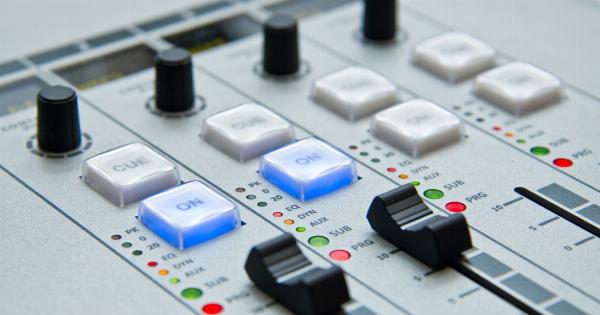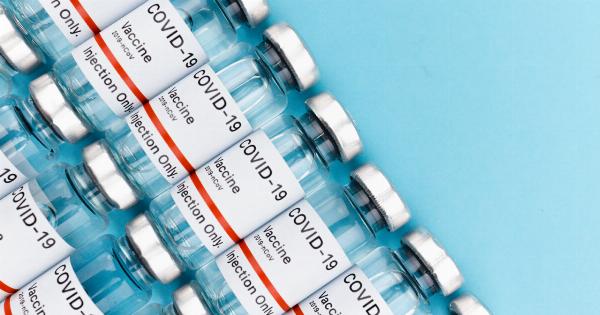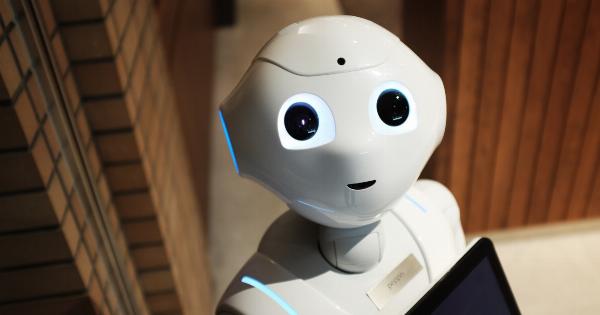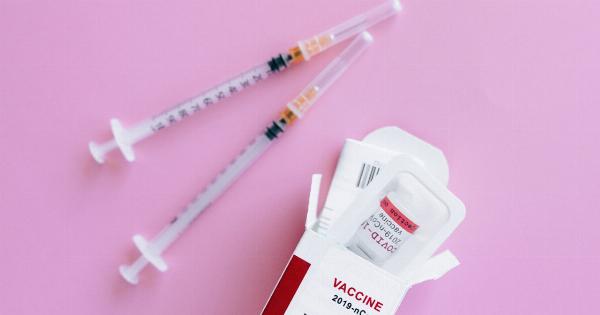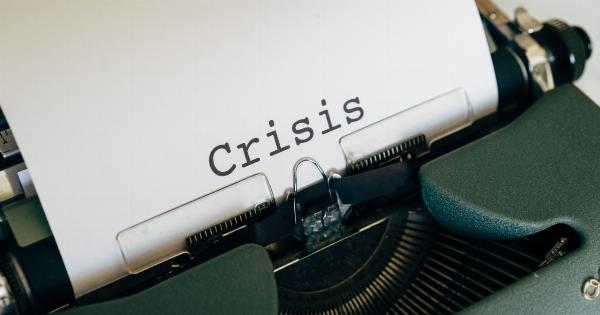The articular cartilage in our joints plays a vital role in enabling smooth and pain-free movement. However, it is prone to injury and degeneration, often leading to conditions like osteoarthritis.
Traditional treatment options for articular cartilage damage have focused on pain management and symptom relief, but modern strategies aim at restoring the damaged cartilage. This article explores some of the innovative techniques and approaches used in articular cartilage restoration.
Biomaterial-Based Therapies
One of the key modern strategies for articular cartilage restoration involves the use of biomaterials. These materials can serve as scaffolds to facilitate the growth of new cartilage tissue, providing mechanical support and promoting chondrogenesis.
Biocompatible materials such as hydrogels, synthetic polymers, and natural substances like collagen and hyaluronic acid are being extensively researched for their potential in cartilage regeneration.
Tissue Engineering
Tissue engineering approaches hold great promise in articular cartilage restoration. By combining cells, growth factors, and scaffolds, it is possible to create a conducive environment for the production of new cartilage tissue.
Techniques such as autologous chondrocyte implantation (ACI) and matrix-induced autologous chondrocyte implantation (MACI) involve harvesting a patient’s own cells, expanding them in a laboratory, and then implanting them back into the damaged area to stimulate cartilage regeneration.
Stem Cell-Based Therapies
Stem cell-based therapies have gained significant attention in the field of regenerative medicine, including articular cartilage restoration.
Mesenchymal stem cells (MSCs) possess the ability to differentiate into various cell types, including chondrocytes. These cells can be isolated from different sources, such as bone marrow or adipose tissue, and then injected into the damaged cartilage to promote repair and regeneration.
Ongoing research also focuses on enhancing the effectiveness of stem cell therapies through the use of growth factors and gene therapy.
Microfracture and Subchondral Bone Modifications
Microfracture is a technique commonly used for articular cartilage restoration. It involves creating small holes in the subchondral bone beneath the damaged cartilage, allowing the release of cells from the bone marrow that can form a reparative tissue.
However, this technique often leads to the formation of fibrocartilage, which is mechanically inferior to native articular cartilage. To address this limitation, researchers are exploring modifications to the microfracture technique, such as combining it with scaffold implantation or adding growth factors to improve tissue quality.
Osteochondral Transplants
Osteochondral transplantation, also known as mosaicplasty, involves transferring small plugs of graft tissue from a healthy area of the joint to the damaged region.
This technique allows the transplantation of both cartilage and underlying bone, contributing to better integration with the surrounding tissues. Advanced approaches in this field include the use of allografts (tissue from a donor) and autografts created from 3D-printed scaffolds seeded with a patient’s own cells.
Implications of 3D Printing
3D printing technology has revolutionized many fields, including articular cartilage restoration. By using specialized printers, it is possible to create customized scaffolds, mimicking the structure and properties of native cartilage.
These scaffolds can be combined with cells and growth factors, providing a platform for tissue growth and regeneration. 3D printing also allows the creation of patient-specific implants, improving surgical outcomes and reducing the risk of complications.
Nanotechnology in Cartilage Restoration
Nanotechnology offers tremendous opportunities in the field of articular cartilage restoration. Researchers are exploring the use of nanoparticles to deliver therapeutic agents, such as growth factors and drugs, directly to the damaged area.
Nanoparticles can enhance the stability and bioavailability of these agents, improving their effectiveness in promoting cartilage repair and regeneration. Additionally, nanomaterial-based scaffolds can be designed with precise control over their mechanical and chemical properties, facilitating the growth of new tissue.
Biophysical Stimulation Techniques
Biophysical stimulation techniques are emerging as potential adjuncts to existing articular cartilage restoration strategies. These techniques include low-intensity pulsed ultrasound, electrical stimulation, and mechanical loading.
By applying appropriate stimulation to the damaged cartilage, these methods aim to enhance cell proliferation, extracellular matrix production, and tissue differentiation. Although further research is needed, early studies show promising results in improving the outcomes of cartilage restoration procedures.
Gene Therapy Approaches
Gene therapy provides a novel and exciting approach to articular cartilage restoration. By delivering specific genes to the damaged cartilage, it is possible to enhance the production of growth factors, matrix proteins, and anti-inflammatory molecules.
This can stimulate cartilage regeneration, reinforce tissue integrity, and reduce inflammation. Although gene therapy is still in its early stages, it holds significant potential for revolutionizing the field of articular cartilage restoration.
Conclusion
Articular cartilage restoration has evolved significantly in recent years, moving beyond traditional palliative approaches.
Modern strategies harness the power of biomaterials, tissue engineering, stem cell-based therapies, microfracture modifications, osteochondral transplants, 3D printing, nanotechnology, biophysical stimulation, and gene therapy to restore damaged cartilage. Although many of these techniques are still evolving and require further research, they provide hope for a future where articular cartilage damage can be repaired and prevented, enabling individuals to lead pain-free and active lives.


